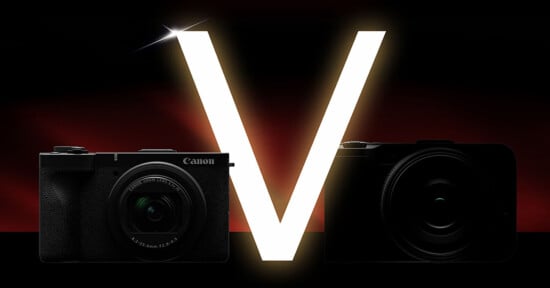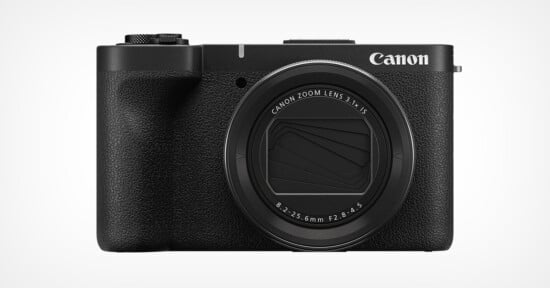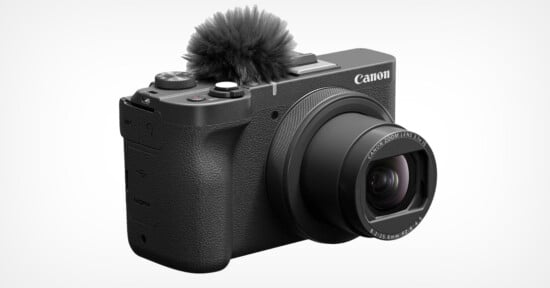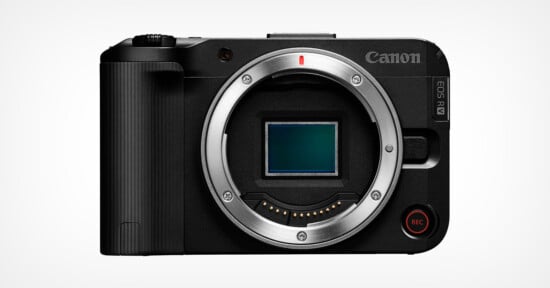Canon PowerShot V1 Review: Sony Better Watch Out
The PowerShot name belonged to some of the best Canon compact digital cameras ever made but it has faded into obscurity of late. However, in the spirit of excellent cameras such as the Canon PowerShot G1X, we now see a return to the storied lineup. The $900 Canon PowerShot V1 has arrived and this latest vlogging camera has everything charming and powerful about its predecessors.
Canon released both the EOS R50 V and the PowerShot V1 side-by-side and they certainly share some design cues. Curiously though, the R50 V with its interchangeable lenses and larger sensor is designed to be far more video-centric than you might expect.
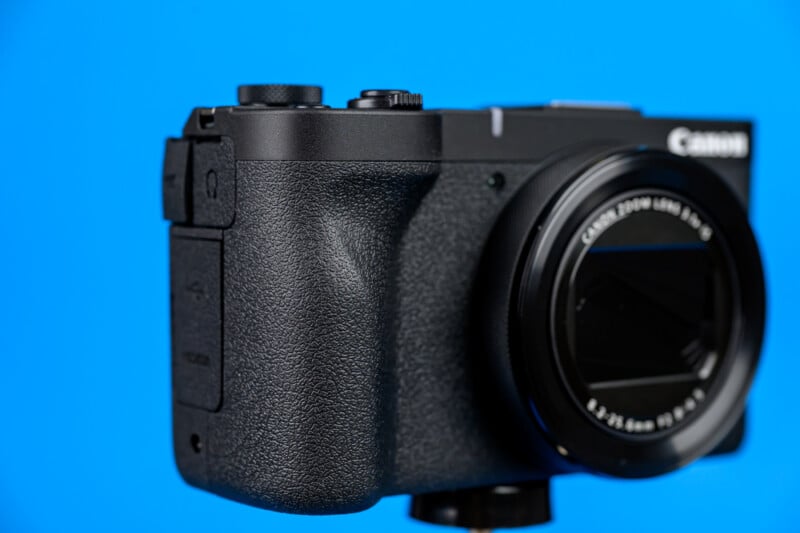
Despite having excellent picture-taking capabilities, Canon has reduced the photography options to one single setting on the mode dial and has made adjusting photo options cumbersome at best. In contrast, I enjoyed the more traditional handling approach of the V1 far more in actual use.
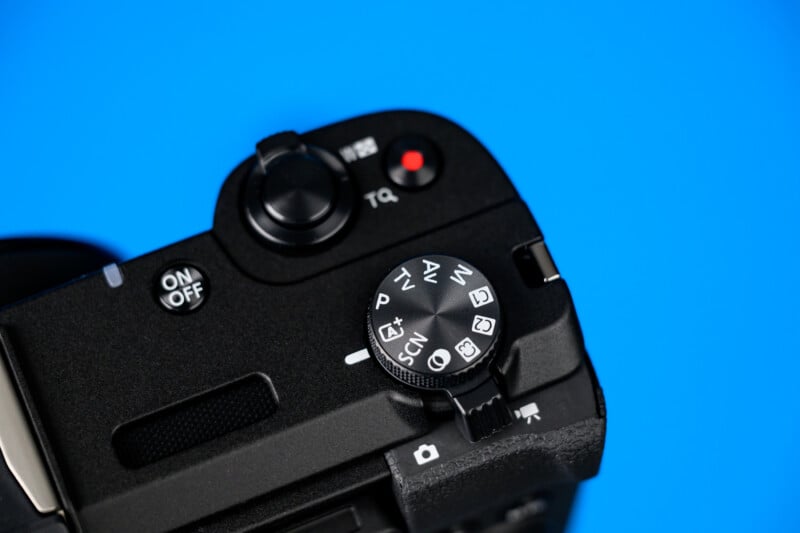
Canon PowerShot V1 Review: How it Feels
The Canon V1 has a very usable design structure with a classic mode dial and both a customizable control ring on the front as well as a thumb dial on the back. I also appreciated the dedicated switch to go between photo and video modes which keeps the settings for each separate.
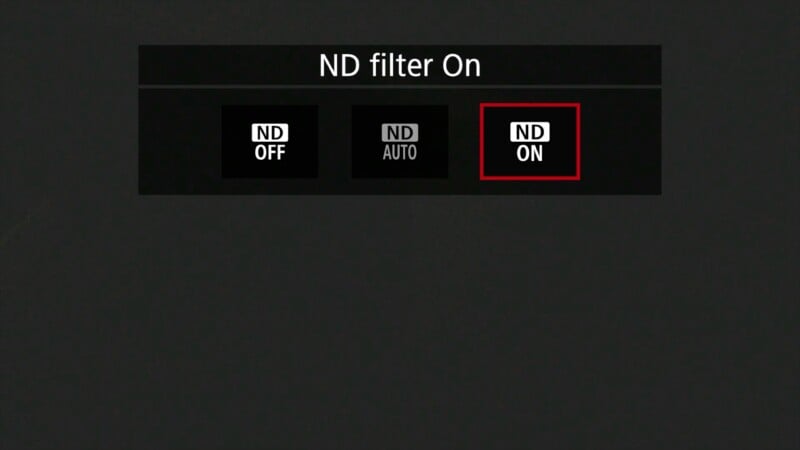
The PowerShot V1 weighs in at only 15 ounces (426 grams) and uses a classic LP-E17 battery and a single UHS-II SD card slot.
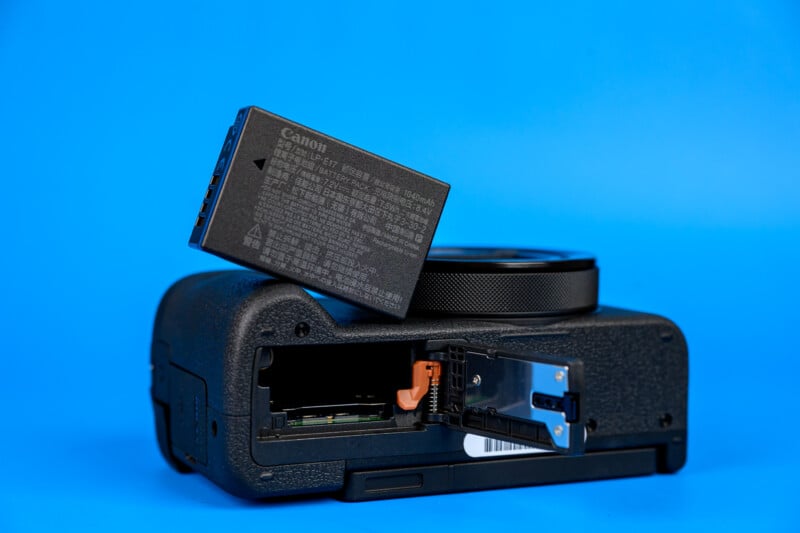
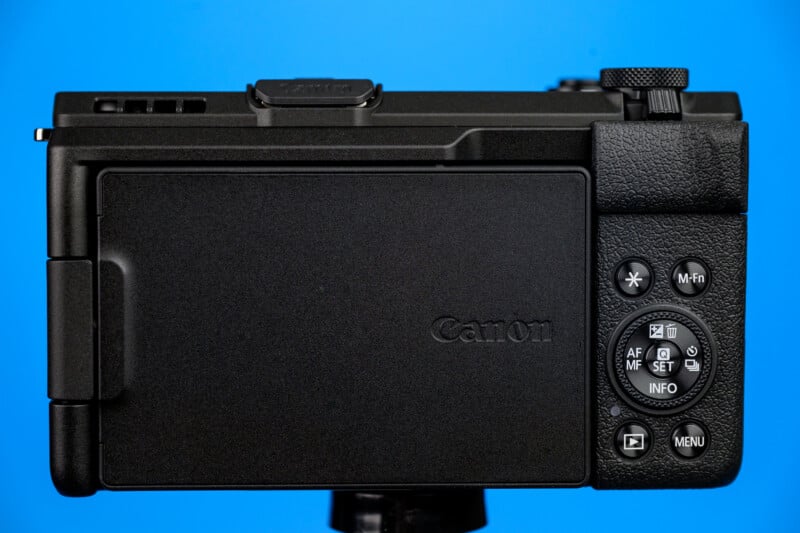
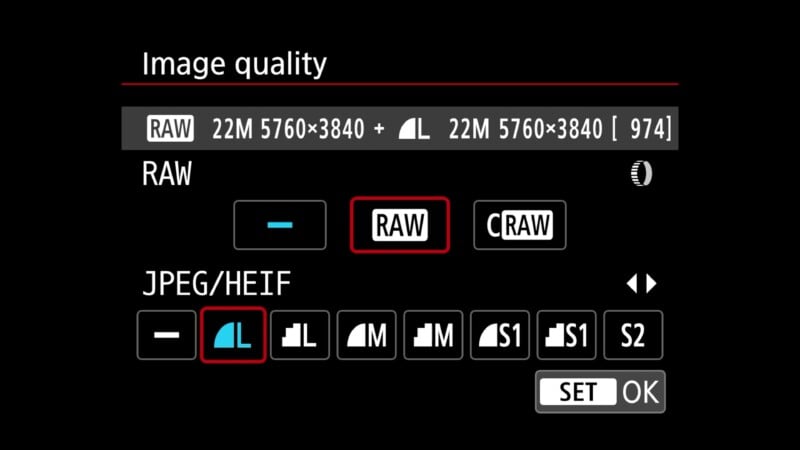
I found the EOS R50 V to have a very slim grip which was uncomfortable to hold and I expected the V1 to be even worse given its compact nature. I was happily surprised, then, to find the grip to be comfortable and secure largely thanks to the raised thumb grip on the back of the camera. My palm never accidentally bumped any buttons and the overall control scheme was familiar and intuitive.
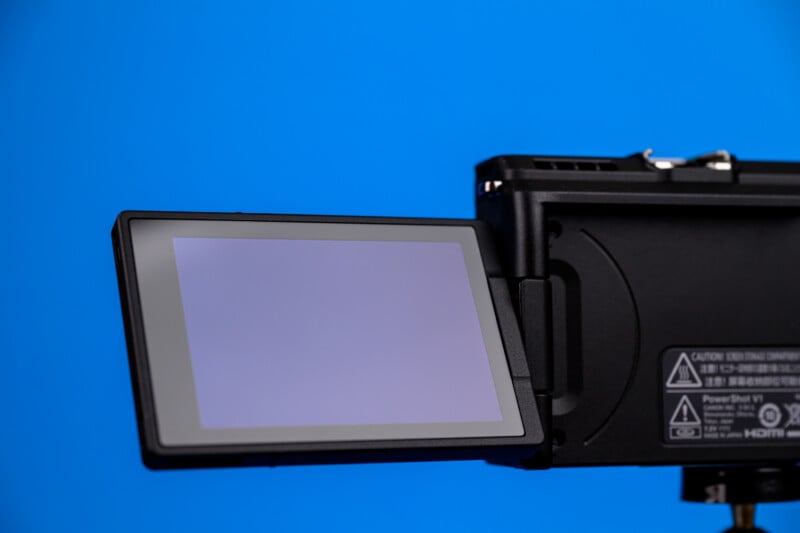
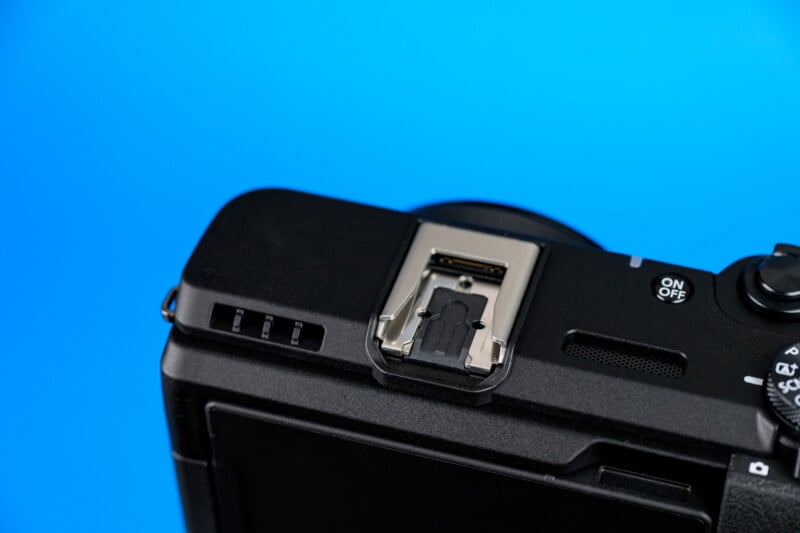
The Canon PowerShot V1 combines an ultra-wide zoom lens with a unique sensor design that makes a lot of sense to a videographer as well as a travel or landscape photographer. The 16-50mm full-frame equivalent lens can handle everything from vlogging to street photography although it has a somewhat slower aperture range. The f/2.8 aperture at the wide end and f/4.5 aperture at the normal range means that depth of field will almost always be extensive, giving the V1 more of that point-and-shoot aesthetic to the images. I appreciate that the V1 also has optical stabilization which the competitor Sony ZV-1 II does not incorporate.

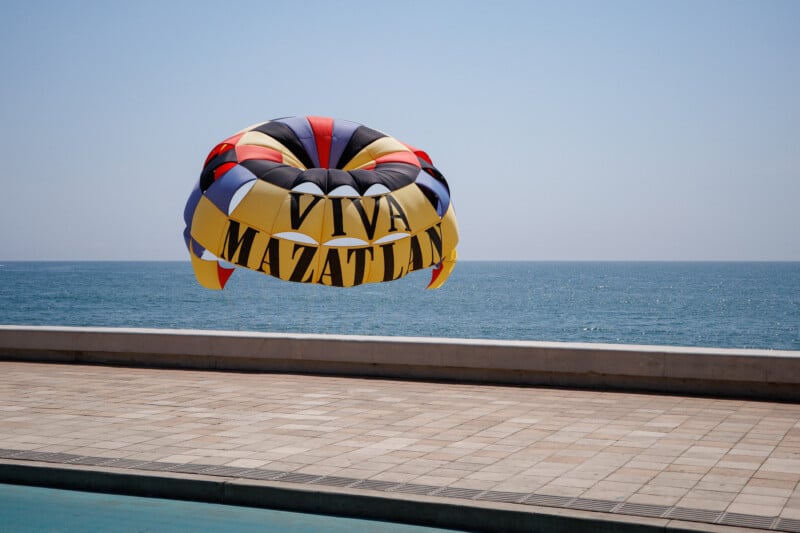
The sensor itself is a Type 1.4 size, which roughly equates to a Micro Four Thirds chip but with a wider 3:2 aspect ratio. This gives us up to 22 megapixels of resolution and provides high-quality images that certainly stand well above what you would get in a typical compact point-and-shoot camera. However, although Micro Four Thirds sensors can deliver that shallow depth of field look with f/1.2 or f/1.4 lenses, the slower zoom on this body will again contribute to the everything-in-focus look of its images. Cameras with similar-sized sensors and fixed zoom lenses like the Panasonic LX100 series can still achieve shallower depth of field due to their faster optics.
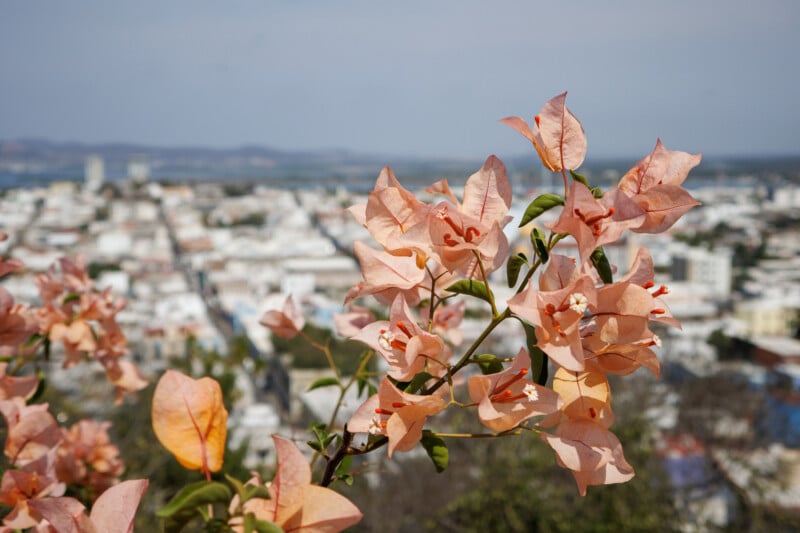
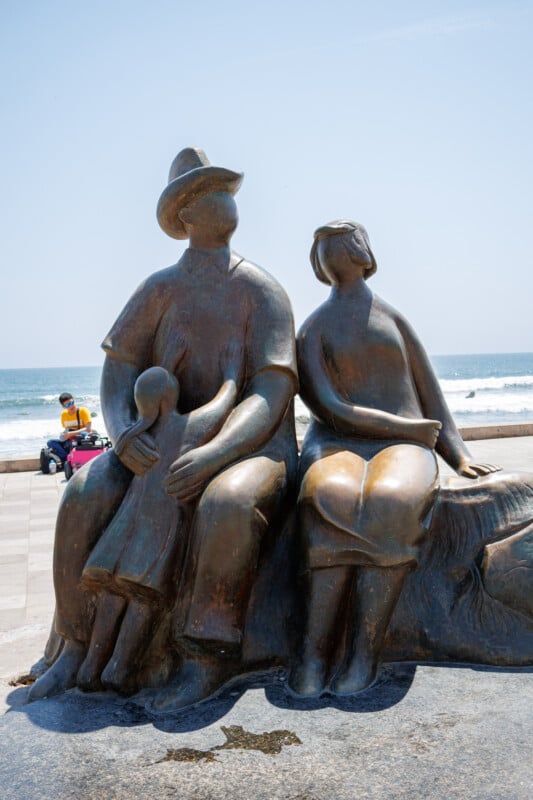
Canon PowerShot V1 Review: How it Shoots
Autofocus is excellent as has become expected with modern Canon cameras and the V1 exhibits good tracking performance for faces and eyes. The 1.04-million dot touchscreen fully articulates and also provides an easy way to move around the autofocus point. I did find it difficult to see the back panel in brighter conditions, however, and as is now usual for compact digital cameras, there is no EVF to be found.

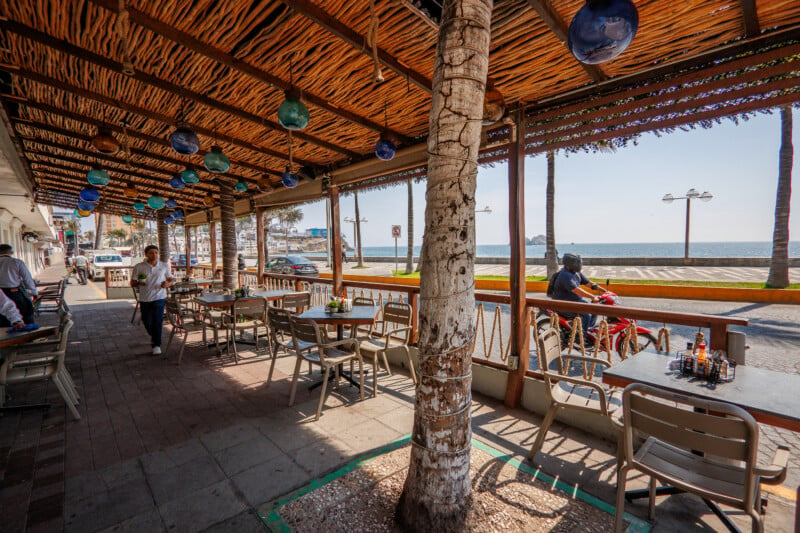
Image quality is going to provide more dynamic range than smaller sensors and the sharpness is absolutely there. However, considering the slightly slower lens and size of the sensor, shadows can get a little noisy when the ISO is pushed. In photographic terms, the closer competitors to the V1 such as the Sony ZV-1 II with its slightly smaller sensor and more limited zoom range will have a disadvantage in image quality compared to the V1 and less versatility as well.
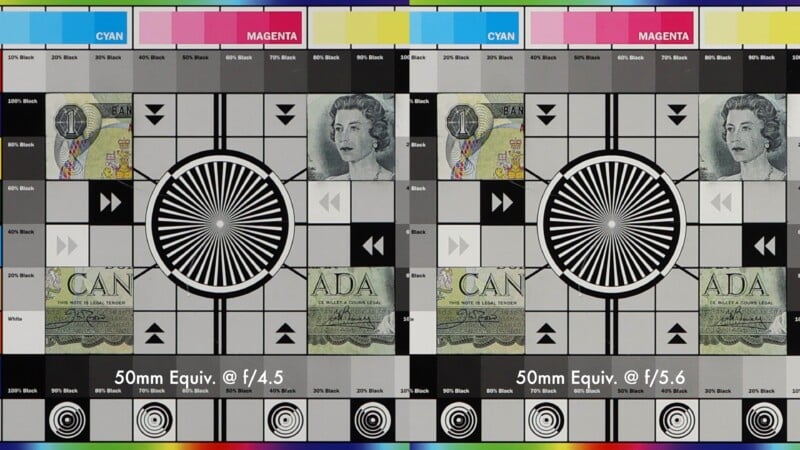
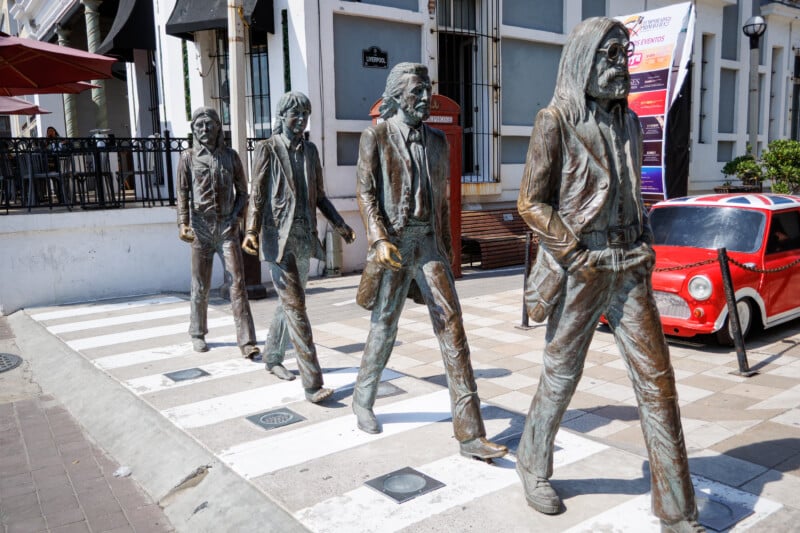
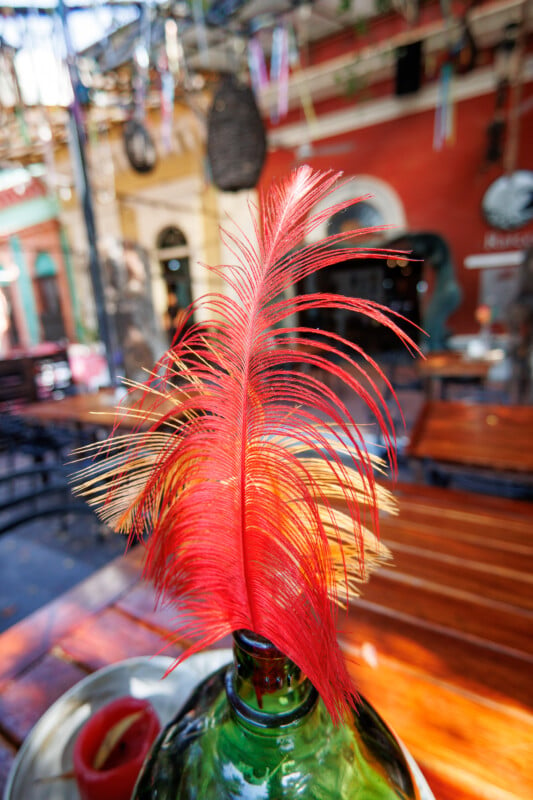
I enjoyed the bright and vivid colors from the Canon V1 and the point-and-shoot look is popular nowadays. One thing that I do find to be a downside of the V1 is the lack of any sort of pop-up flash. While I don’t often rely on a fill flash, the stark look that a direct flash provides is really popular right now and the V1 could have been an excellent modern camera that gives this aesthetic. You can, of course, use Canon flashes that interface with the proprietary digital hot shoe but these are usually bulky and there is no center pin to work with cheaper manual flashes.
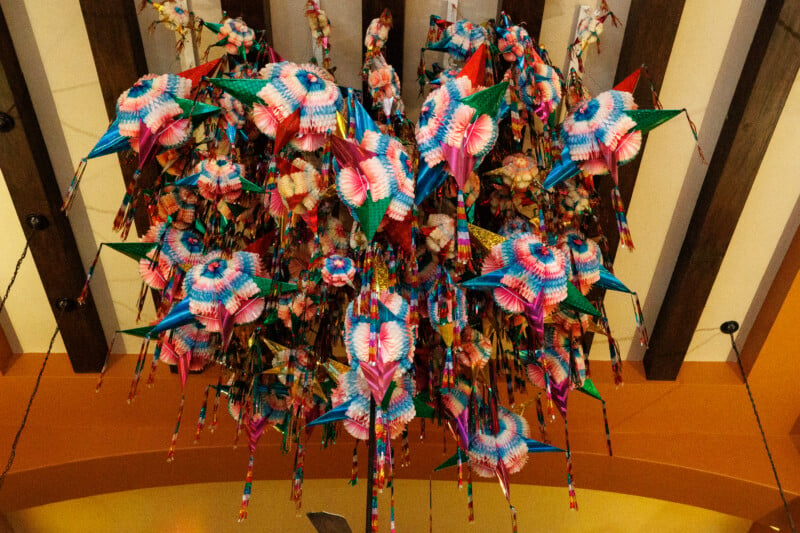
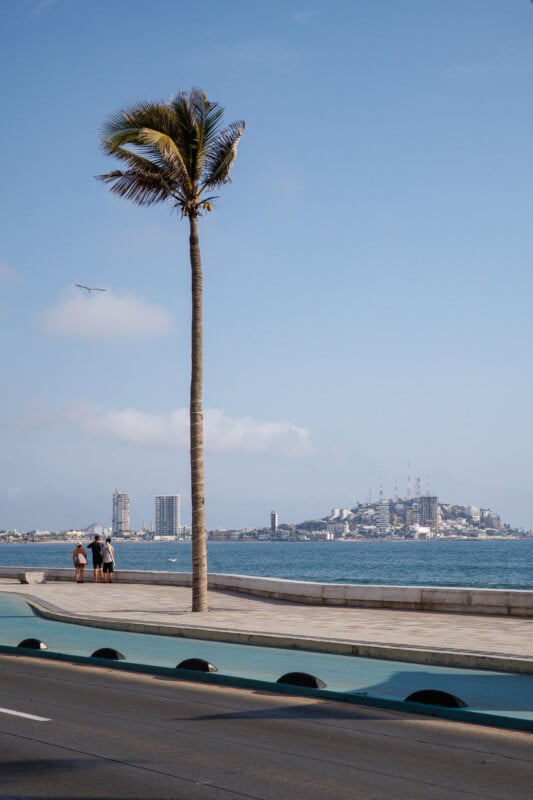

Canon PowerShot V1 Review: Video Capabilities
The V1 can be a fun little photographic tool but it is still primarily a video camera for creators. Let’s start with the most important thing: recording modes.
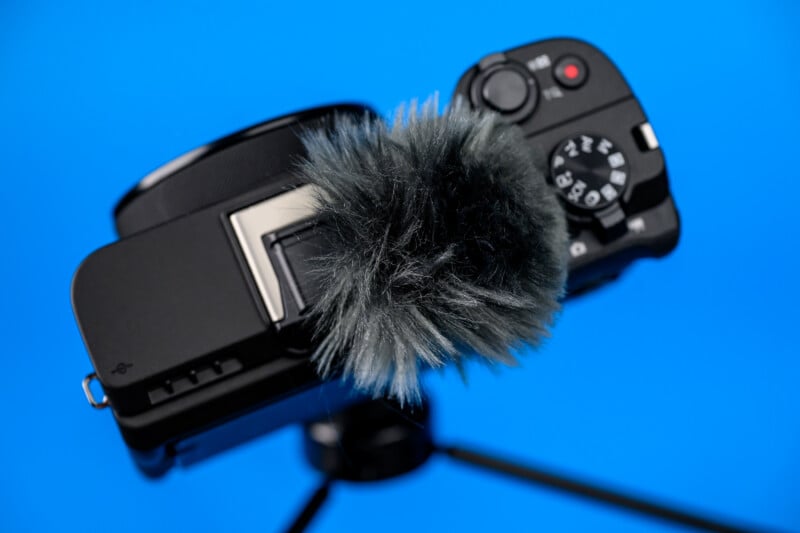
The V1 can record full-width, oversampled 4K up the 30p. This is very detailed footage, and it’s very cool to get full use of the ultrawide lens in this mode. Unfortunately, rolling shutter is still quite significant here, and you will notice some “wobblies” while moving the camera. If you’re willing to sacrifice some detail and low-light performance, 4K/60p can be recorded with a 1.5x additional crop. 1080p recording up to 60p with audio is possible, and 1080p can be recorded as silent slow motion only, however, the image is quite soft even for 1080p footage.
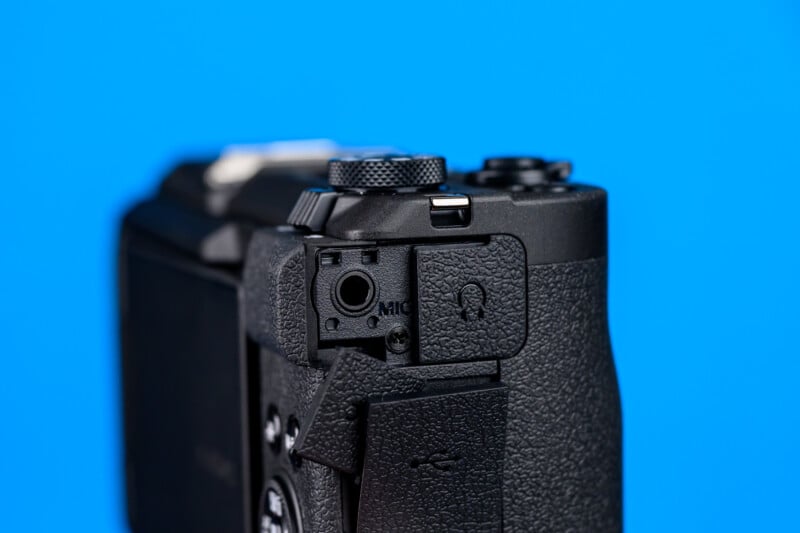
Audio is an area where the V1 excels, as unlike the Sony ZV-1 II it offers a mic input and a headphone jack. Canon’s proprietary mics can be added directly to the hotshot without wires, too. There is even an included shoe-mounted windscreen for the surprisingly good built-in stereo microphones. Audio quality is often more important than video quality, and the V1 checks all the boxes.
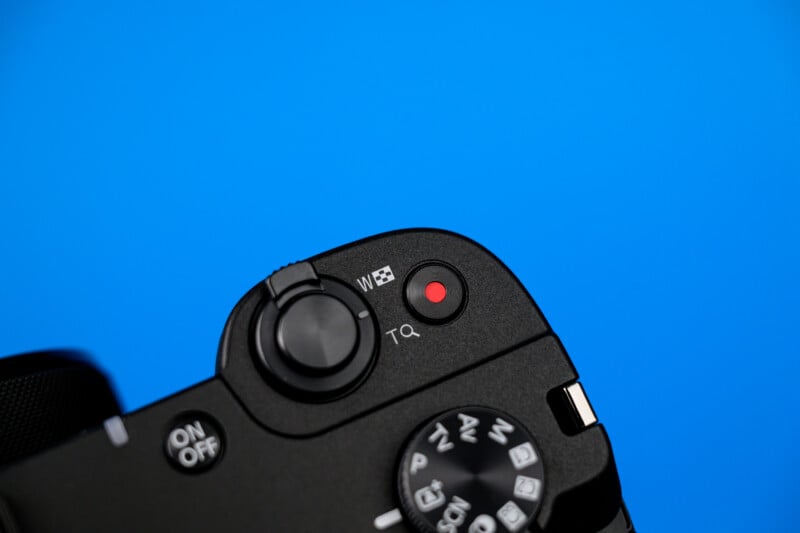
In terms of stabilization, the V1 boasts the optical stabilization notably missing from the Sony ZV-1 II. Thankfully, despite the ultra-wide lens, the optical stabilization does not exhibit any of the warping often found in Canon’s mirrorless offerings. Walking at the widest field of view, the footage still has quite a bit of bounce, so it’s best to enable some additional DIS for a more stable frame. Fortunately, the lens is wide enough that you can use the standard digital stabilization and maintain a fairly wide frame. I feel enhanced stabilization should only be used in extreme situations and at fast shutter speeds, as it incurs a further crop and looks very weird with slower shutter speeds.
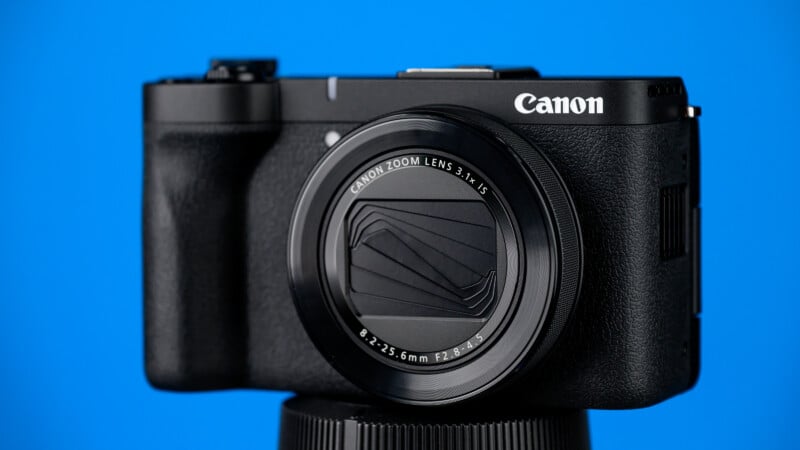
Overheating is often a concern with very small cameras, but the built-in fan should mitigate that. For maximum record time, be sure to set the temperature threshold to “High.” This will allow the camera to get warm, but keep recording. I was pleasantly surprised that I could record 4K/24p for 66 minutes before the camera shut down — not from overheating but because the battery died. When plugged into USB-C power, I did see the overheating indicator at just over an hour, however, it remained at just the halfway point even after two hours of 4K/24p capture. Essentially, in normal temperature overheating will not be an issue with the V1.
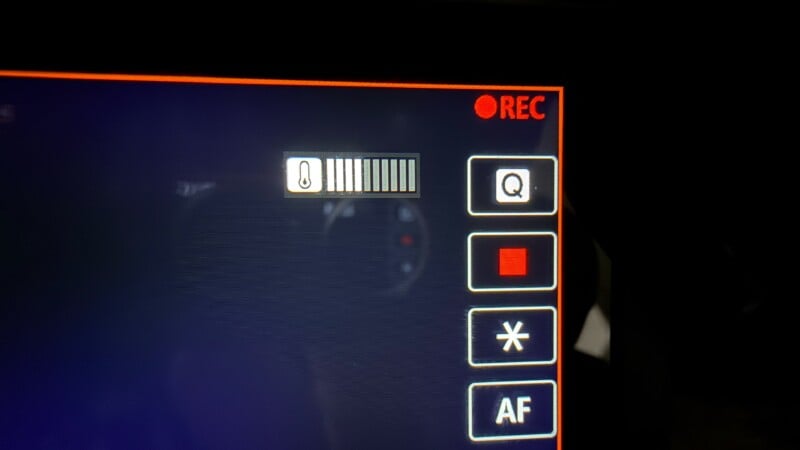
I was annoyed to find some very weird differences between the V1 and the simultaneously launched R50 V. You might expect that they would be fixed-lens and interchangeable-lens versions of the same basic camera, but each has advantages and disadvantages. The V1 features the aforementioned and handy windscreen in the box as well as a fan which is not found in the R50 V. However, the R50 V gets a useful second 1/4-inch screw for vertical mounting, a more video-centric mode dial, a useful “Color” button for quick access to video profiles, the Canon 709 video profile, and false color. Most egregiously, in my opinion, I recently cheered the ability of the R50 V to display a horizon level while rolling, a feature still inexplicably absent from the V1. Simply put, the R50 V has an interface and controls more optimized for video enthusiasts, and I think that’s unfortunate.
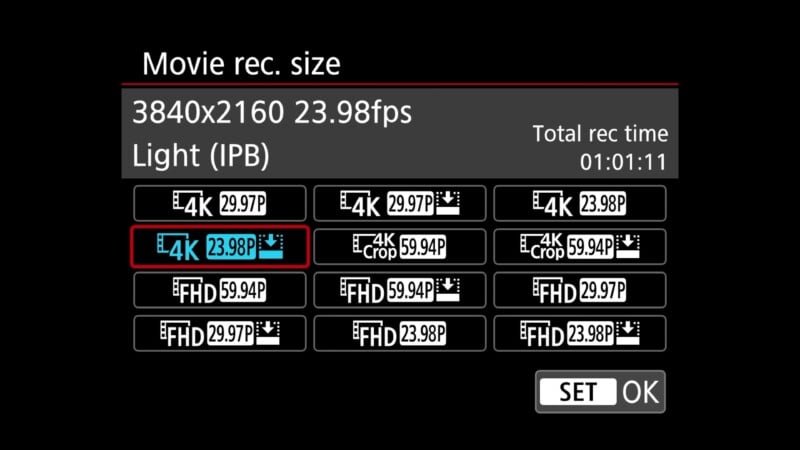
Canon PowerShot V1 Review: The PowerShot Returns
Canon has made a full-featured product that provides an enjoyable hybrid experience that easily competes with the ever-popular Sony ZV-E1 cameras. The image quality is decent and the wider-angle coverage of the 16-50mm lens sets this camera apart from some of the other products on the market. It might not be the best choice for portraits but the V1 is an excellent companion for travel and landscapes.

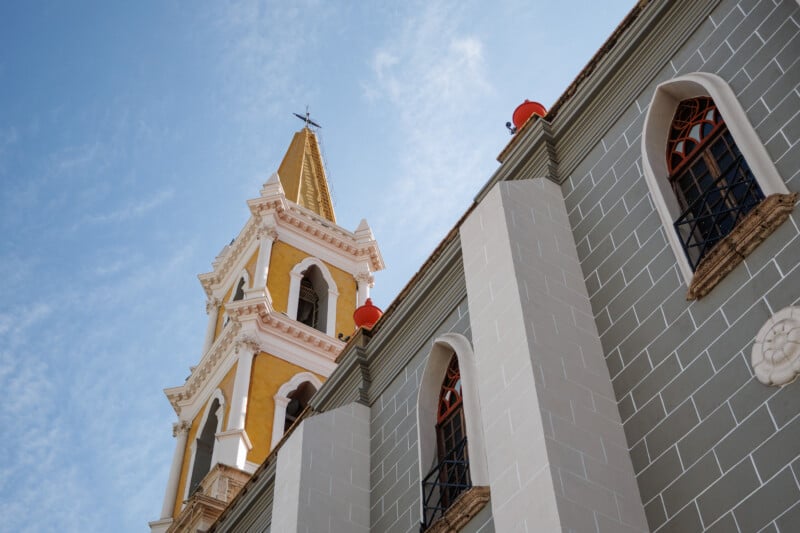
The major issue that the $900 Canon V1 will face is the shift in the vlogging market towards gimbal-based tools like the DJI Osmo Pocket 3. Nearly all new users who want to work as solo creators are finding more utility and convenience with the DJI products and all the other brands seem to be falling aside in this market. Perhaps if the V1 had a pop-up flash this could have further cemented its photographic capabilities pulling some people back who desire both a photo and video-based approach. Regardless, there is much joy to be found in the compact little V1 and it certainly does the PowerShot name justice.

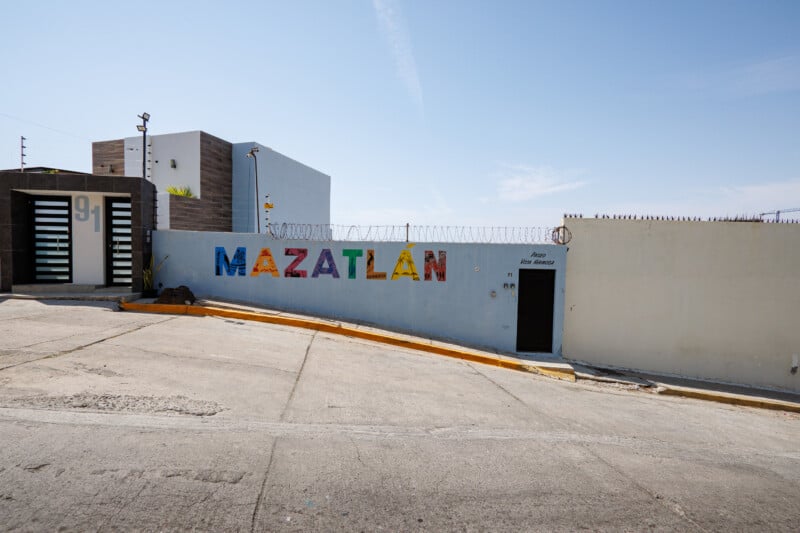

Are There Alternatives?
The Sony ZV-1 II is going to be the closest competitor with its fixed-lens design but lags behind the Canon V1 in pretty much every way. The Panasonic LX100 II or Leica D-LUX 8 will be more compact and slightly more photo-oriented but these cameras are vastly more expensive.
Should You Buy It?
Yes. The Canon PowerShot V1 is a well-designed and capable creator’s tool that finds a good balance between photo and video pursuits.
Image credits: Photographs by Erin Thomson
